Project risk is often treated as something separate from how organizations manage non-financial and operational risk. That split creates blind spots. Projects introduce new processes, technologies, vendors, and ways of working. All of these change the institution's risk posture, sometimes in subtle ways and sometimes in significant ways. When project risk sits outside the core framework, those changes are not captured early enough to guide decisions. The outcome is familiar: rushed mitigations, unclear ownership, and a scramble to retrofit controls after work has already begun.
Bringing project risk directly into a non-financial and operational risk framework shifts the entire approach. It creates structure, shared language, and consistency across all initiatives so every project, regardless of complexity, moves through a predictable cycle of identification, assessment, and response. Instead of asking teams to create their own methods, the organization provides a straightforward process. This also aligns project activity with enterprise themes, such as third-party risk, technology change, data governance, information security, and operational resilience. When projects utilize the same taxonomy and adhere to the same model as the rest of the business, risk leaders gain visibility rather than scattered snapshots.
Many teams assume that a project risk assessment depends on a mature control environment. In practice, most projects will not have formal controls in place. What matters is clarity: understanding the risk, its drivers, and the points where things could go off track. A well-curated library of controls and practical mitigations becomes extremely useful at this stage. Teams can adopt proven patterns from across the organization instead of improvising under pressure. Even if the project does not require control ownership, having a menu of proven actions accelerates decision-making and improves outcomes.
Introducing projects early in the process has a significant side effect. It exposes the first line to a structured and repeatable way to engage with risk. When project managers routinely document risks, review mitigations, and connect their work to enterprise frameworks, they establish habits that carry over into day-to-day operations. This creates a natural bridge from project-based change to steady-state business practices. Over time, it enhances data quality, reduces friction, and strengthens the organization's overall risk culture maturity.
Seen this way, the project manager or PMO becomes the organization's earliest and most consistent risk manager. They are closest to change, understand dependencies, and identify issues before they surface in formal governance forums. Equipping them with the right tools, guidance, and simple processes strengthens the first line. Projects become more than delivery exercises; they become the entry point for consistent, enterprise-aligned risk management that lifts the entire organization.









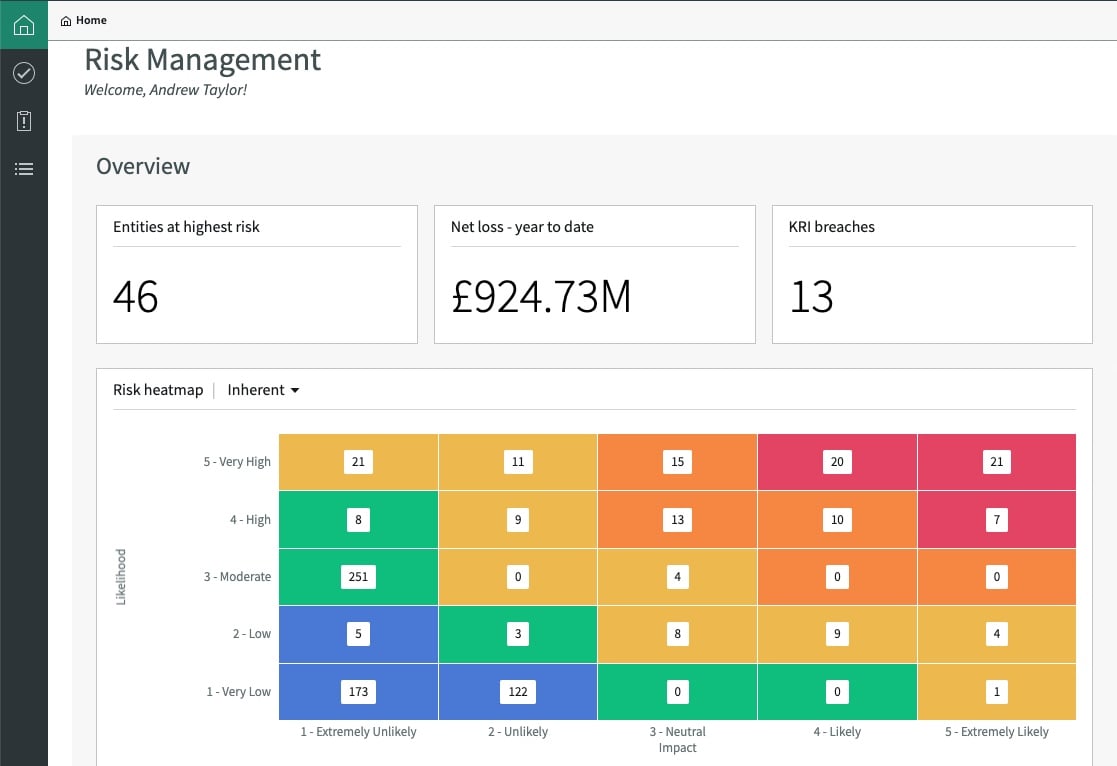







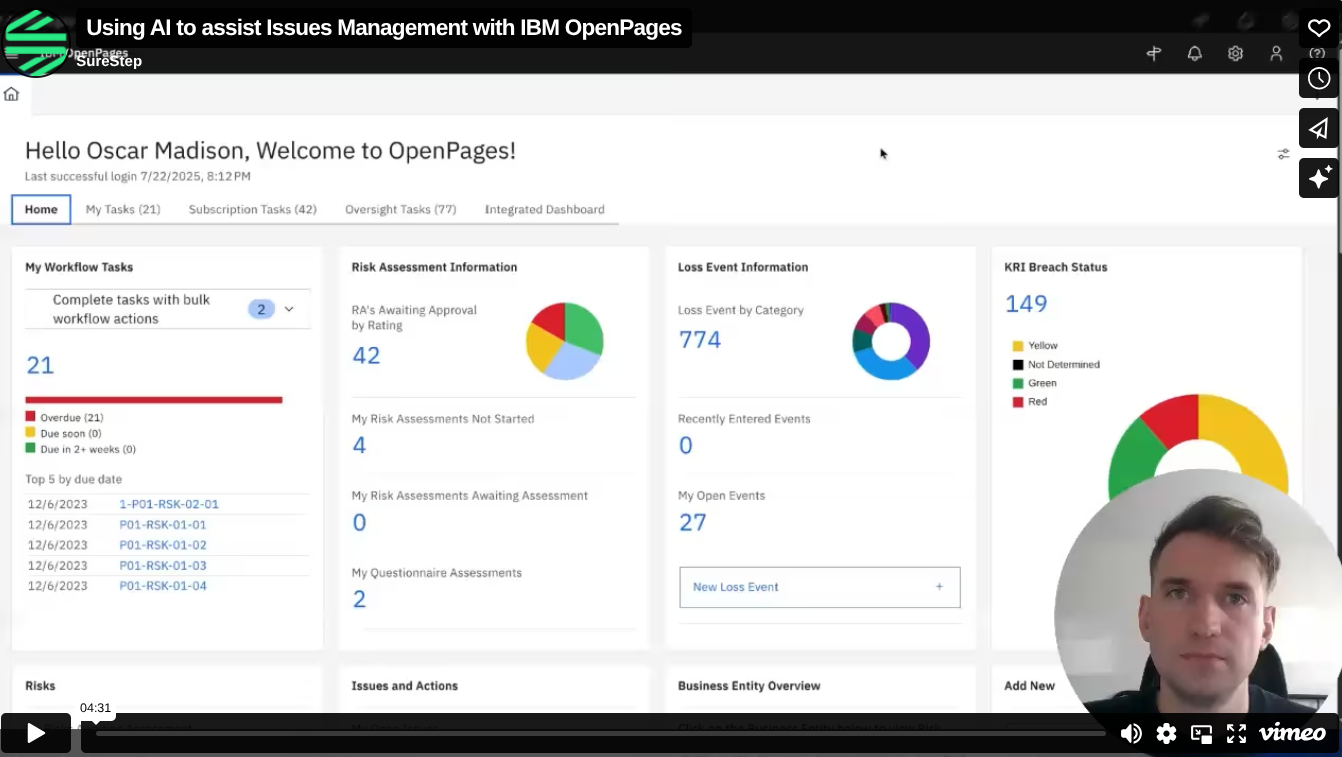
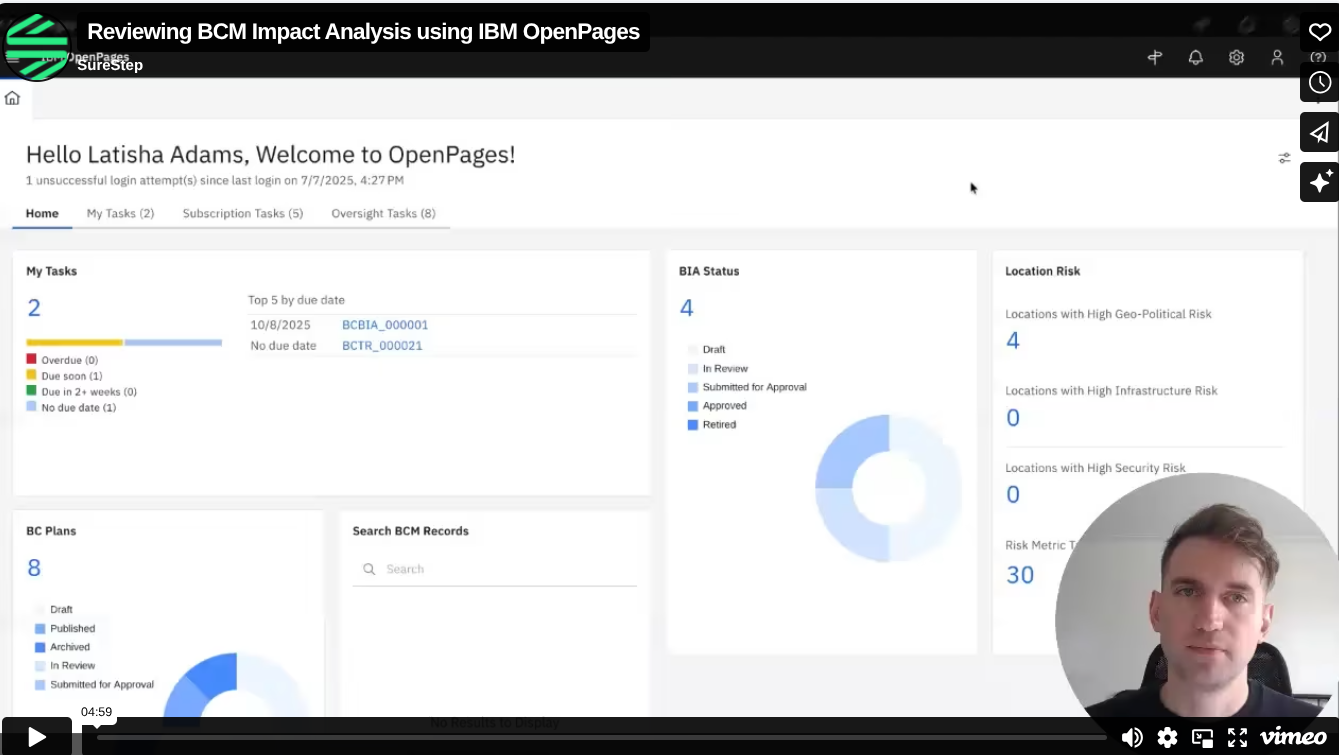






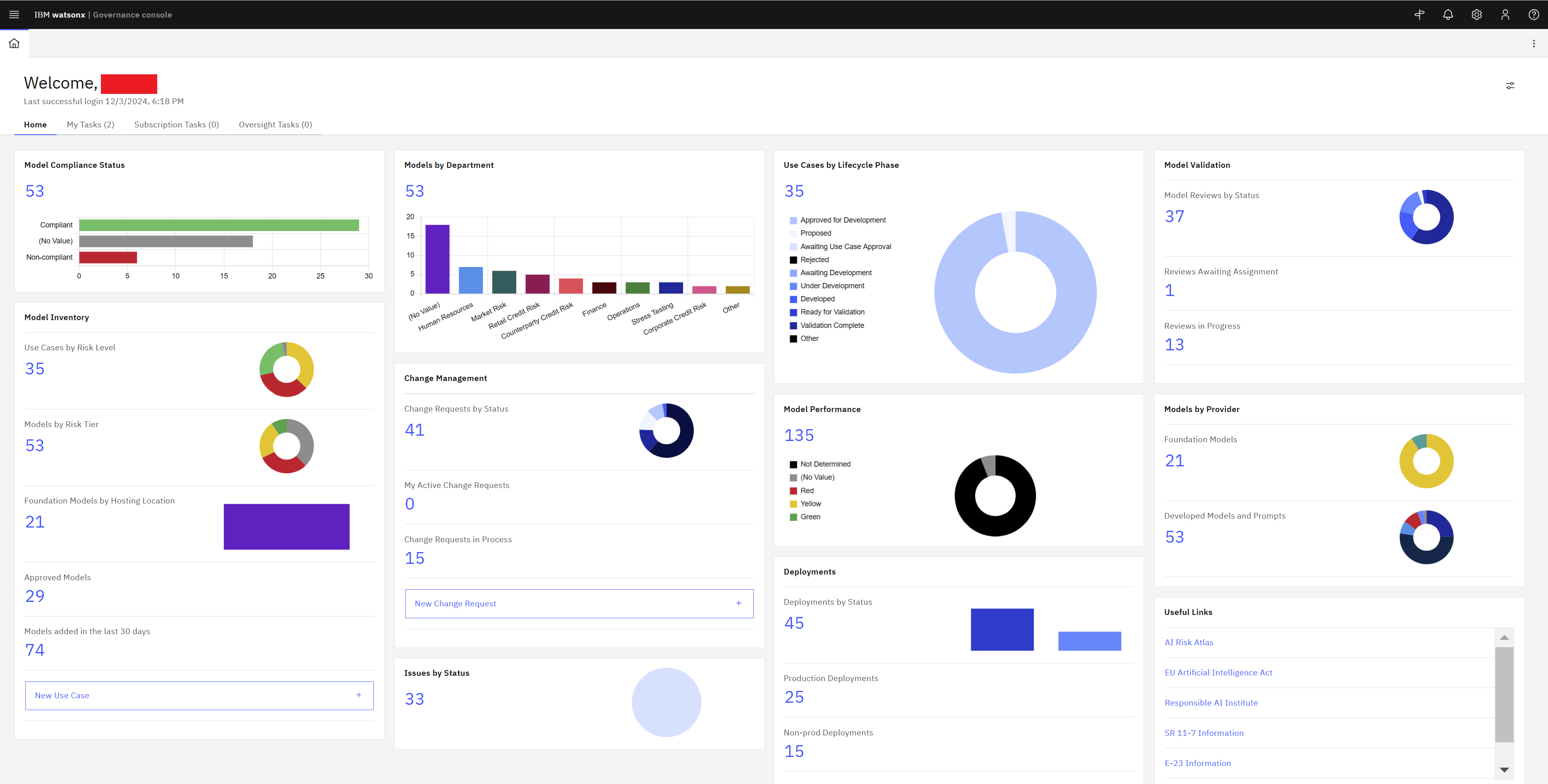

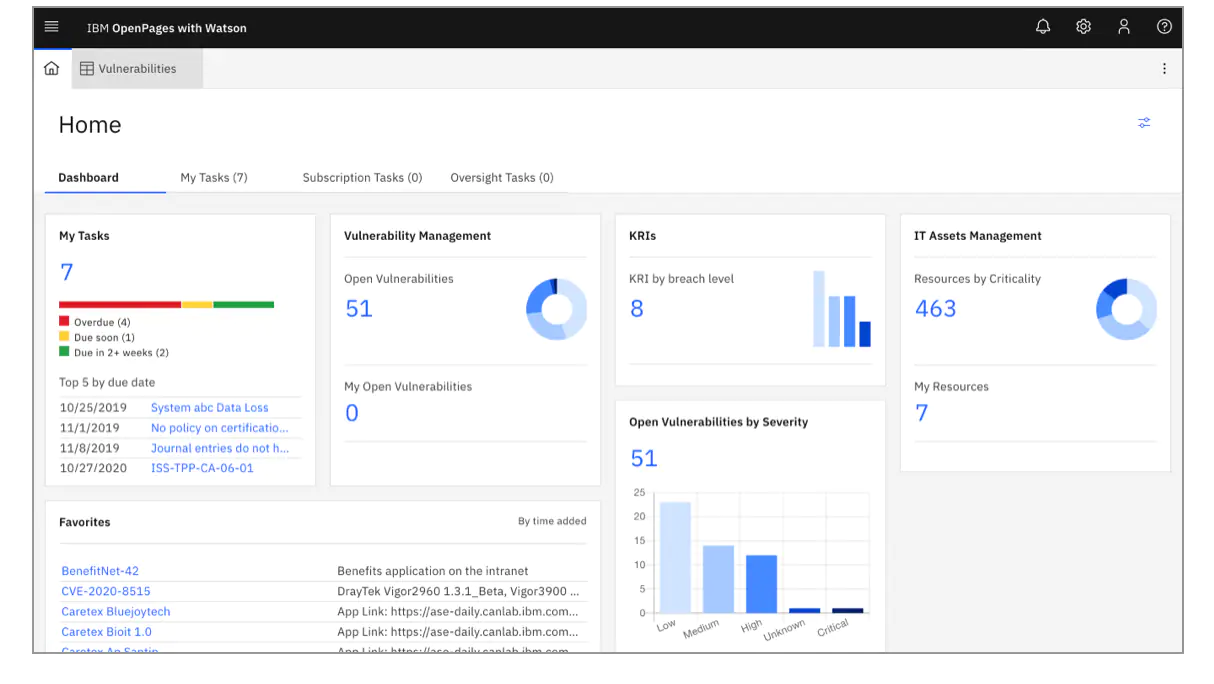
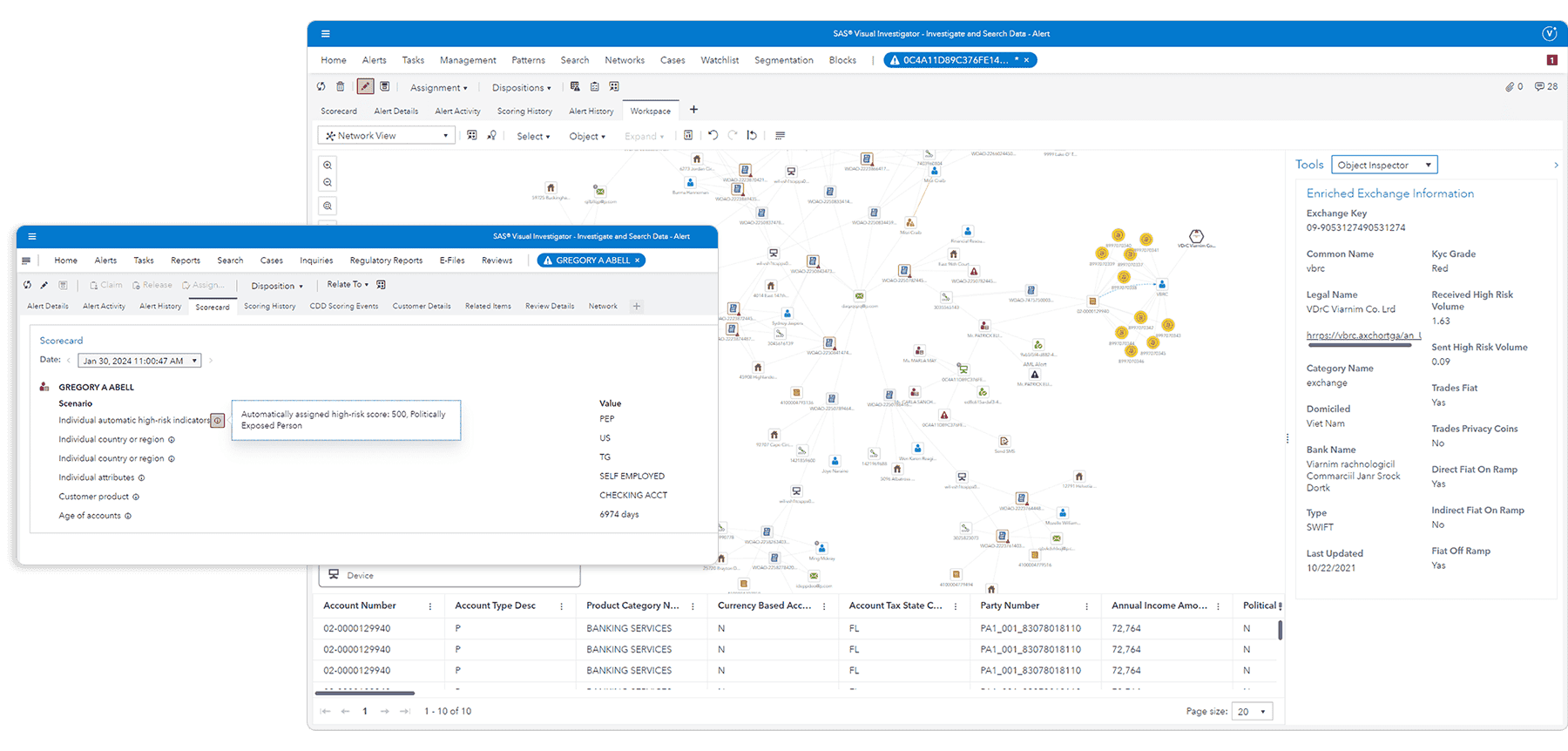







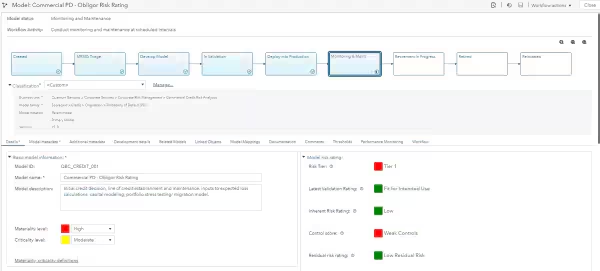









.webp)

-1.jpg)










.jpg)



























.jpeg)







